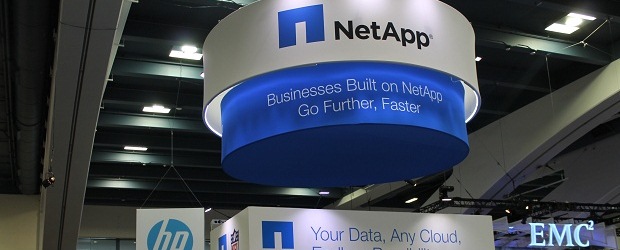Sometimes, it pays off to be the small guy.
At least, that’s what Pure Storage would have you believe. The company, founded in 2009, is among the 18 or so all-flash storage vendors that have managed to find their own place in the market alongside goliaths such as EMC.
It has, perhaps, even thrived thanks to the weight of the competition.
Nevertheless, Mountain View, Calif.-based Pure could well be the largest among the small players.
The growth in flash for primary data over disc is as significant as when backup went from tape to disc, Pure director of product and vertical marketing Jason Nadeau predicts, adding that it could result in a shift in dominant players in the industry.
Case and point, in recent years, Pure claims to have seen YoY growth in the triple digits.
Part of this has been its approach to all-flash storage.
In the company’s early days, its focus was on data reduction capabilities, which lowered the cost per terabyte of flash storage to parity with disc, and now even lower, according to Nadeau.
Recently, it has turned its attention to a new business model that cuts the cost of ownership of arrays.
Evergreen Storage Model, as it is called, is an “ownership model that is built on the architecture of the product itself,” Nadeau said.
Essentially, it allows Pure product customers to upgrade and consolidate components while receiving trade-in rebates on old hardware, so long as they renew maintenance contracts with the vendor.
This is meant to both cut down on upgrade costs and eliminate the need for complete replacements, Nadeau said.
The program has several components.
These include a 30 day money-back guarantee even for used memory, flat maintenance rates, and free control array upgrades every three years with maintenance contract renewals.
This week, the company is adding capacity guarantees, whereby the vendor will add storage to a customer’s environment until the actual desired capacity has been reached as opposed to effective capacity, which can vary based on data reduction.
Secondly, the trade-in component allows for up to a 25 per cent trade-in credit for existing arrays when a customer upgrades or consolidates their storage up to a denser product.
Not only does this allow customers to retain some of the value of their flash investments, upgrades through this would often result in smaller footprints.
“Right now with our competitors there’s decent degrees of modularity, and upgrades within a generation of equipment is entirely possible,” Nadeau said. “But that only last 3-5 years, and when you move cross-generations, that’s where rebuys happen.”
Nadeau said he hopes the model can eliminate these generational replacements.
“We allow people to go through generations without disrupting anything.” he said. “You don’t hit a hard generational boundary. It’s very much like a SaaS experience.”




